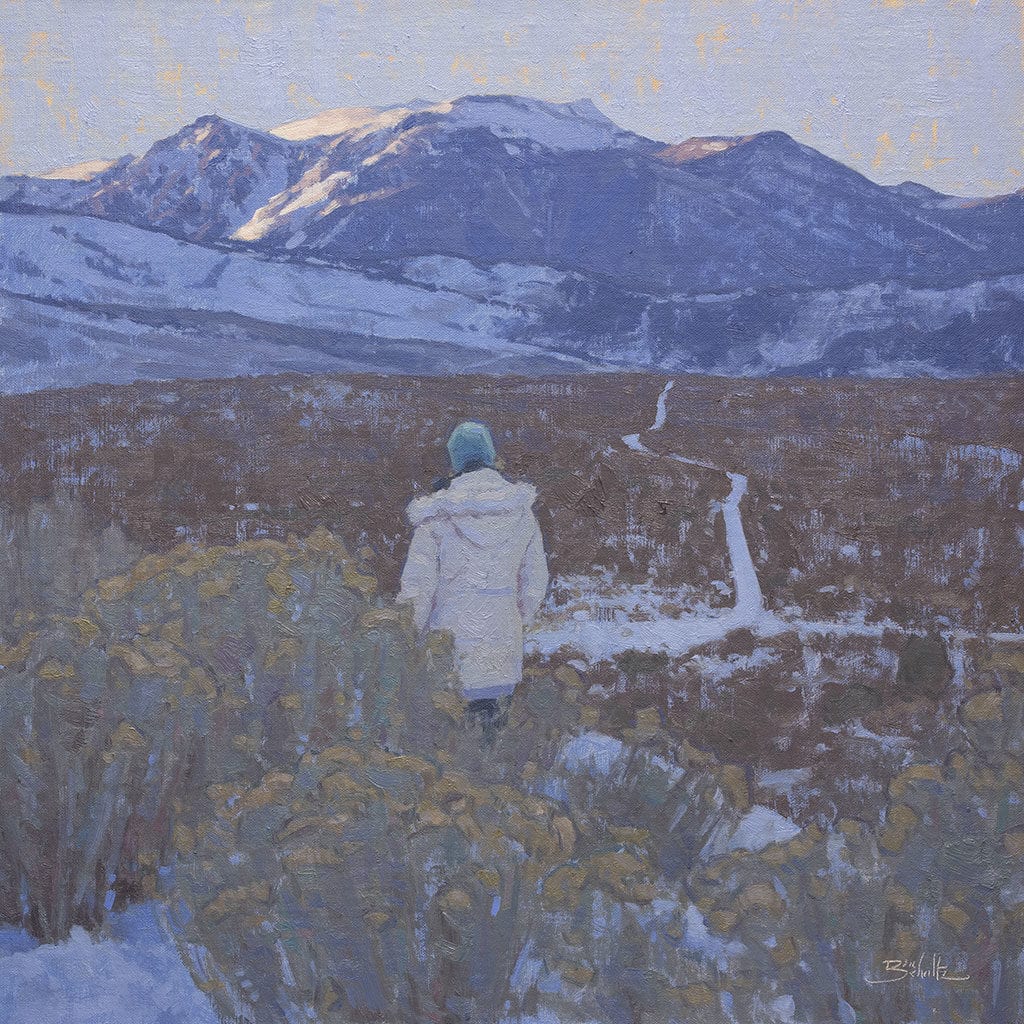I have heard many artists say they wish they could loosen up in their work. Certainly, many of us aspire to create paintings that look effortless, but we find that doing so is easier said than done.
It is easy to assume that in order to paint loosely, you have to paint messily. The faster the better. Energetically fling the paint and watch as a fantastically loose and effortless painting appears within minutes.
Have you ever tried that approach? Something messy does appear, but not in a good way.
So how is it done?
On many occasions, I have had the opportunity to watch other artists paint — many of whom I admire for the looseness of their work. And I discovered that they do not paint in a sloppy fashion at all. They actually paint relatively slowly, taking time to execute the right brushstrokes. They have mastered their drawing, value and color skills, and have chosen to use their brushwork to create a loose appearance.
I realize that I am not the loosest of painters. However, as I have progressed in my painting efforts, it is becoming clear that loose brushwork is the result of restraint, not speed. More control, not less. Better planned strokes, not thoughtless dabbing or flinging.
Remember that we cannot ignore the fundamentals. If we don’t know how to draw accurately, compare values or understand color relationships, loose brushstrokes are not going to help.
Once we have a good handle on the fundamentals, what can we do if we want to loosen up?
Here are a few ideas:
- Give yourself permission! The only one making you put in all that detail is you. Experiment by purposely leaving out details, and see if you can make the painting work. You still need accurate shapes, values and colors. But paint them simply. Discern which details you really need.
- Mix up bigger piles of paint. It is tough to make a painting look loose with too little paint. Squeeze out more color from your tubes and use it in your mixtures. Having plenty of paint ready to go makes it easier to apply it liberally.
- Let your big brushes do the work. You can achieve a remarkable amount of detail with a large brush. Smaller brushes mean smaller brushstrokes, which probably mean less simplicity. Use your smaller brushes only where you really need them to achieve important details.
- Allow a few well-placed brushstrokes to carry the painting. These might be early strokes you laid down in the beginning stages that you allow to show through at the end. Or you might purposely add a few larger brushstrokes near the end of the painting session to increase the look of looseness and simplicity.
Look for ways to loosen up.
One of the reasons I love painting figures in the landscape is that they provide an opportunity for me to loosen up. A landscape made from simple, large shapes is a nice contrast behind the tighter rendering of a figure.
Plein air painting is also a great opportunity to loosen up if you allow yourself to simplify all that outdoor detail.
Do you have any other tips on how to loosen up our paintings? Feel free to share them in the comment section below.
Happy painting!





Leave a Reply